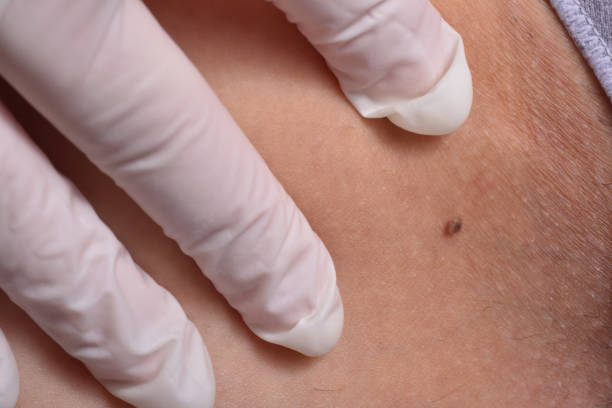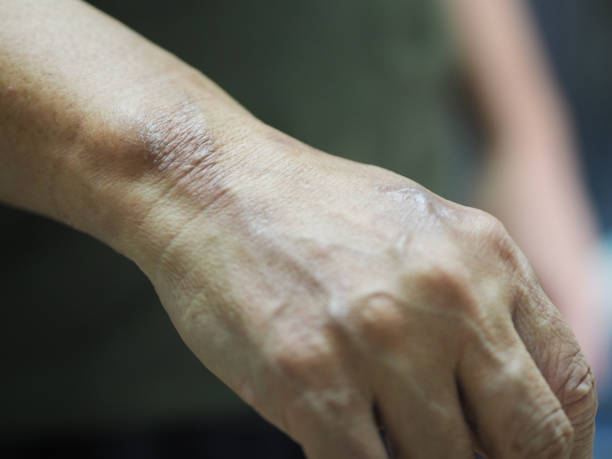In today’s fast-paced world of medical advancements, it might seem like every cure is a product of the latest technology and research. However, what if I told you that some of the most effective treatments used by doctors today have roots dating back thousands of years? From herbs to surgical techniques, ancient civilizations had a wealth of medical knowledge that continues to influence modern practices. Let’s delve into the fascinating world of ancient medicine and discover how it still shapes healthcare today.
Ancient Medicines and Treatments
Herbs, Stones, and Surgical Techniques
Ancient civilizations, long before the advent of written records, relied on a variety of natural remedies for healing. Herbs, stones, and even surgical procedures were employed to treat ailments and injuries.
Dentistry from 7,000 BC
One of the earliest forms of medical practice was dentistry, with evidence dating back to 7,000 BC. Ancient civilizations developed rudimentary dental tools and techniques to address dental issues and maintain oral health.
Trepanation: Early Brain Surgery
Trepanation, the practice of drilling holes into the skull, is one of the most intriguing medical procedures of ancient times. Despite its crude appearance, evidence suggests that trepanation was used for therapeutic purposes and to treat various neurological conditions.
Bronze Medical Tools
Antimicrobial Properties of Copper
Bronze, an alloy primarily composed of copper, played a crucial role in ancient medicine due to its antimicrobial properties. Medical tools made from bronze helped prevent infections and contributed to safer medical practices.
Usage in Ancient Rome and Mediterranean Civilizations
Civilizations such as the ancient Romans and those in the Mediterranean region extensively utilized bronze medical tools. These tools were crafted with precision and used in various medical procedures, showcasing the advanced medical knowledge of ancient societies.
Willow Bark: The Precursor to Aspirin
Salicin for Pain Relief and Inflammation
Since ancient times, willow bark has been recognized for its medicinal properties. Containing salicin, a natural pain reliever, willow bark was used to alleviate pain and reduce inflammation in conditions ranging from headaches to arthritis.
Synthesis of Aspirin in the 1800s
In the 19th century, chemists identified salicin as the active compound in willow bark and successfully synthesized it into acetylsalicylic acid, commonly known as aspirin. This breakthrough led to the mass production of aspirin and revolutionized pain relief medication.
Artemisinin: A Nobel Prize-winning Discovery
Origin from Wormwood
Artemisinin, a potent antimalarial drug, traces its origins back to ancient Chinese texts. Derived from the herb wormwood, artemisinin has been used for centuries in traditional Chinese medicine to treat fevers and malaria.
Vital Drug Against Malaria
In modern medicine, artemisinin and its derivatives are indispensable in the fight against malaria. Their effectiveness in combating the malaria parasite has earned them recognition, including a Nobel Prize in Medicine in 2015.
Ancient Medical Procedures
Sutures and Opium in Ancient Egypt
Ancient Egyptians were pioneers in medical procedures, utilizing techniques such as sutures for wound closure and opium for pain relief. These practices, documented in ancient texts and artifacts, highlight the advanced medical knowledge of the time.
Diagnostic Systems in the Edwin Smith Papyrus
The Edwin Smith Papyrus, an ancient Egyptian medical text, provides insight into diagnostic and treatment categorization systems used in ancient medicine. Patients were classified based on the severity of their illness, laying the groundwork for modern triage systems.
Diagnosis and Categorization System
Edwin Smith Papyrus Classification
The Edwin Smith Papyrus categorized patients into three groups based on the nature and severity of their condition. This early form of patient classification bears resemblance to modern triage systems used in healthcare today.
Resemblance to Modern Triage Systems
The categorization system outlined in the Edwin Smith Papyrus demonstrates the ancient Egyptians’ systematic approach to healthcare. By prioritizing patients based on the urgency of their needs, they laid the foundation for modern medical triage practices.
Legacy in Modern Medicine
Enduring Impact of Ancient Practices
The legacy of ancient medical practices extends far beyond historical curiosity. Many modern medical techniques and treatments are directly influenced by ancient knowledge, showcasing the enduring impact of these practices on contemporary healthcare.
Examples of Modern Medical Practices Rooted in Ancient Knowledge
From herbal remedies to surgical procedures, the influence of ancient medicine is pervasive in modern healthcare. Practices such as acupuncture, herbal medicine, and even some surgical techniques trace their origins back to ancient civilizations, highlighting the timeless wisdom of the past.
Conclusion
The journey through the annals of ancient medicine reveals a rich tapestry of knowledge and innovation that continues to shape modern healthcare. From the use of herbs and surgical techniques to the development of diagnostic systems, ancient civilizations laid the groundwork for many medical practices still in use today. By recognizing and understanding the legacy of ancient medicine, we gain a deeper appreciation for the complexities of human health and the ongoing quest for healing.
FAQs
- Are ancient medical practices still relevant today? Ancient medical practices continue to influence modern healthcare, with many treatments and techniques rooted in ancient knowledge.
- How did ancient civilizations develop medical expertise without modern technology? Ancient civilizations relied on observation, experimentation, and natural remedies to develop their medical knowledge over generations.
- What role did spirituality play in ancient medical practices? Spiritual beliefs often intertwined with medical practices in ancient civilizations, influencing concepts of healing and wellness.
- Were ancient medical practitioners skilled in surgery? Yes, evidence suggests that ancient surgeons possessed remarkable skill and expertise, performing surgeries ranging from simple wound closures to complex procedures like trepanation.
- How can we learn from ancient medicine to improve modern healthcare? By studying ancient medical practices, we can gain insights into the holistic approach to health and wellness, informing contemporary medical practices and treatments.




